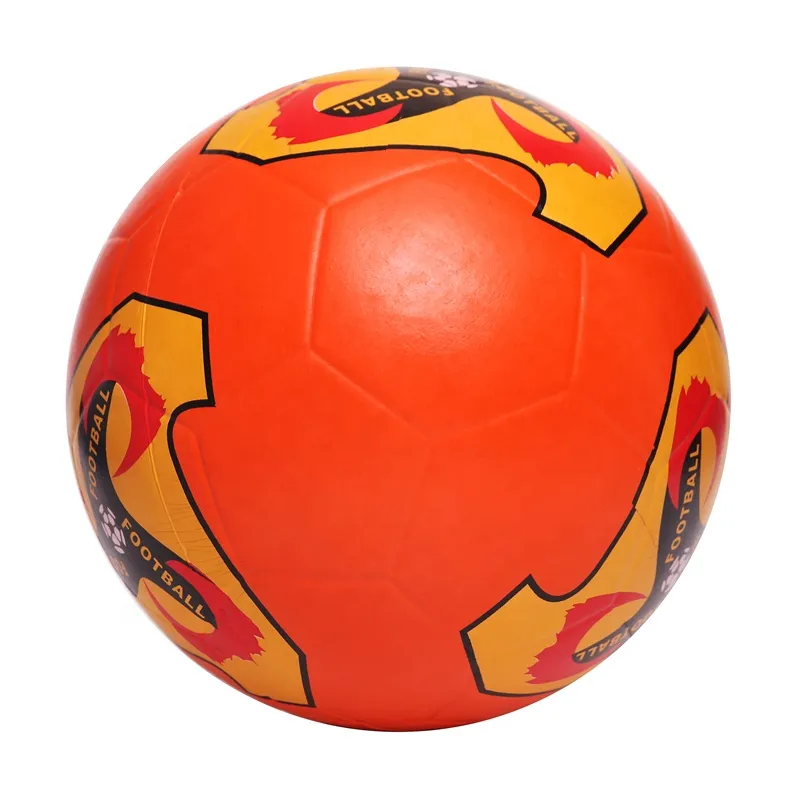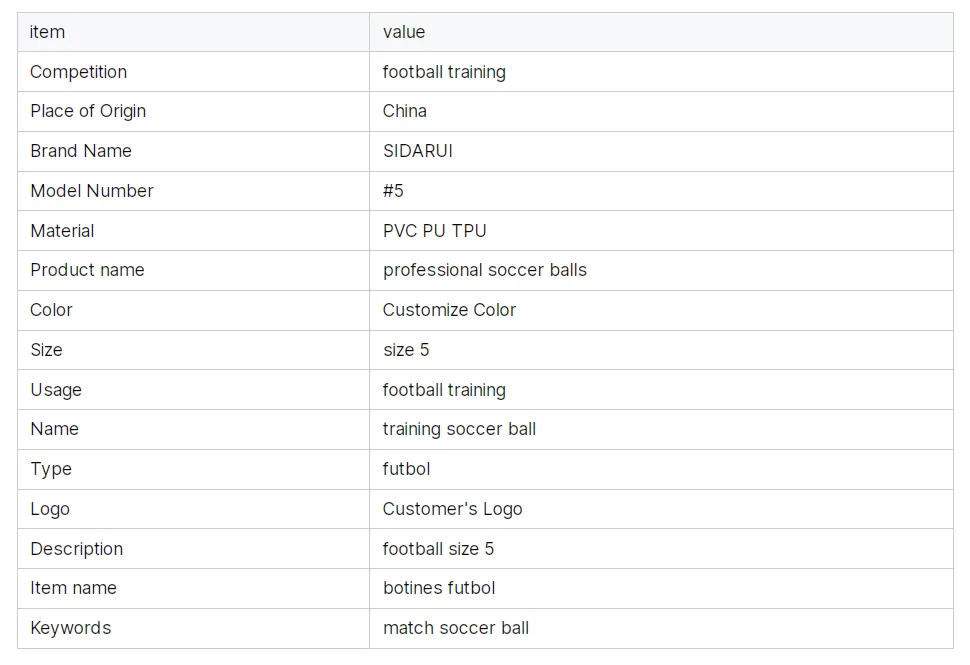Football, the beautiful game, transcends borders and cultures, uniting people with its exhilarating action and sheer unpredictability. At its core, the game relies on a plethora of materials, each carefully crafted to enhance performance, durability, and player safety. With advancements constantly being made, understanding the modern landscape of football materials becomes essential for anyone looking to delve deeper into this captivating sport.

The football itself has undergone a radical transformation over the years.
Today's footballs are a combination of intricate designs and innovative materials. Traditional leather has largely been replaced by synthetic materials, which offer superior water resistance, enhanced shape retention, and improved aerodynamics. The outer layer, often made of polyurethane or a thermoplastic polyurethane blend, is both durable and flexible, allowing players to maneuver it with precision and control. Beneath this layer, multiple panels are stitched or thermally bonded to ensure the ball retains its roundness, vital for consistent play.
When it comes to apparel, football kits have come a long way from the heavy cotton jerseys of yesteryears. Modern jerseys are crafted using advanced sports fabrics engineered for moisture management—otherwise known as moisture-wicking technology. Materials like polyester microfibres are specifically designed to draw sweat away from the body, keeping players cool and dry. Additionally, these fabrics are lightweight and fit seamlessly, reducing drag and allowing players to maintain their agility and speed during the match.

Football boots, or cleats, have also embraced cutting-edge material technologies to enhance player performance. Upper materials have transitioned from natural leather to synthetic variants like Flyknit or mesh, known for their lightweight properties and enhanced tactile feel for better ball control. The soles of these boots incorporate thermoplastic polyurethane for flexibility and grip, allowing players to make swift turns without losing traction on various surfaces—from natural grass to artificial turf.
Football gear extends beyond the basic player essentials, incorporating protective materials that ensure player safety during play. Shin guards, often made of carbon fiber or reinforced plastic, are vital for shielding the lower limbs from impacts. The inner padding, usually crafted from foam or EVA (ethylene-vinyl acetate), adds a cushioning effect, absorbing shocks and distributing forces to minimize injury.
football material
Goalkeeper gloves represent another crucial component of football materials, evolved with the perfect blend of grip and protection. Latex remains the primary material for the palm of the glove, delivering exceptional grip in both wet and dry conditions. The backhand may include silicone or polyethylene padding, which guards against the impact of shots while providing flexibility for quick movements.
Even the playing surface material plays a critical role in football. Natural grass pitches are the traditional standard, however, artificial turfs, made from polyethylene, polypropylene, or nylon, are increasingly popular due to their low maintenance and resilience to weather conditions. These synthetic fields boast a uniform playing experience and are optimized to mimic the feel of grass while offering enhanced durability.
Innovation in football materials extends beyond performance attributes to consider environmental sustainability. Companies are increasingly looking towards recycled materials and eco-friendly production processes. By doing so, they not only reduce carbon footprints but also address the growing consumer demand for responsible manufacturing.
Football materials are constantly evolving with technology and player needs. The integration of advanced, synthetic materials not only improves play but also ensures the safety and comfort of the players. For enthusiasts and professionals alike, understanding the materials that make up football's core components extends one's appreciation for the game's depth. Those engaging in the business of football—whether it be manufacturing, retail, or equipment management—must stay abreast of these developments, comprising a nuanced understanding that aligns with modern trends and technological innovations.
By grasping the intricacies of football materials, stakeholders in the sport can ensure they provide the utmost quality, safety, and performance, ultimately enriching the overall football experience for players and fans around the globe.













